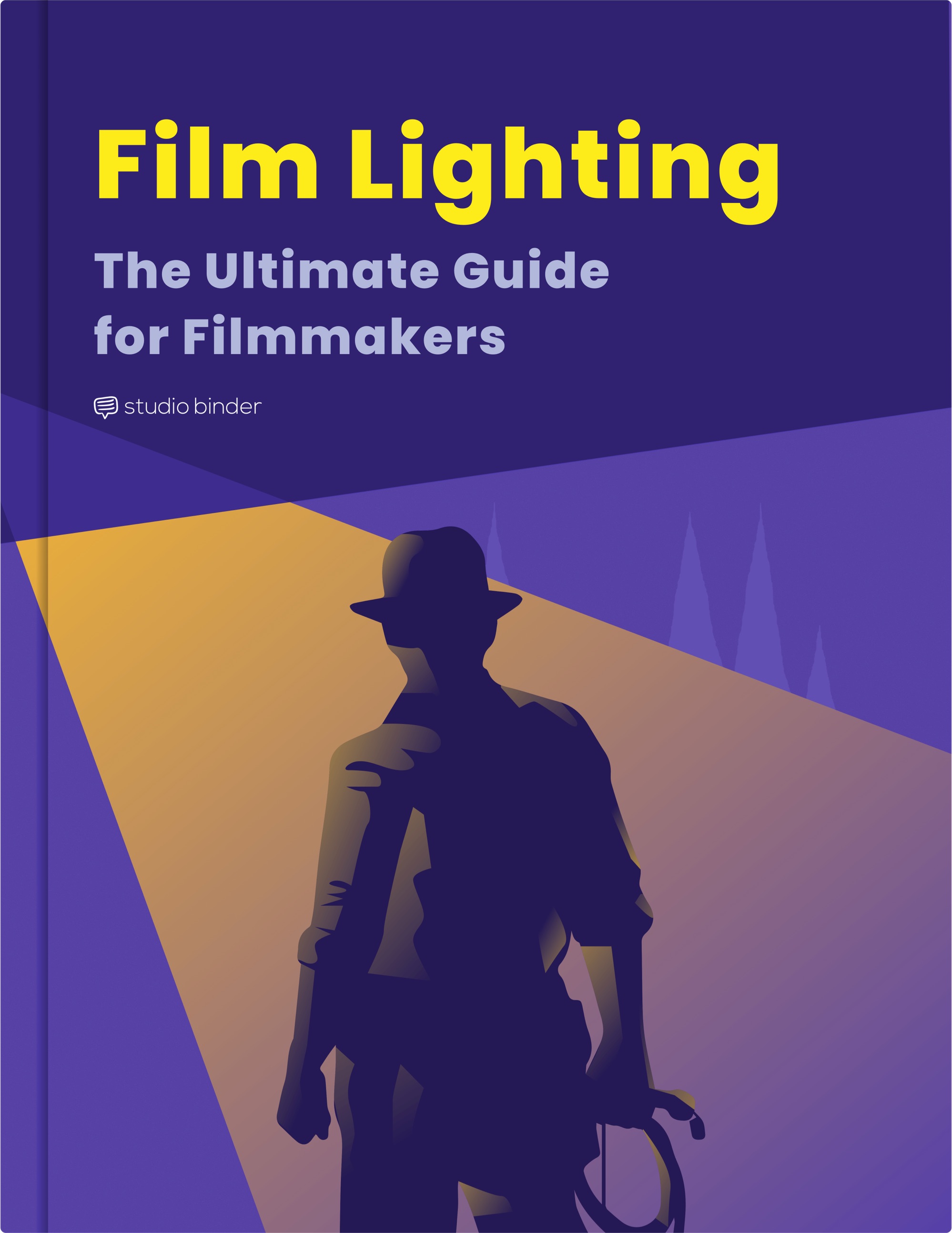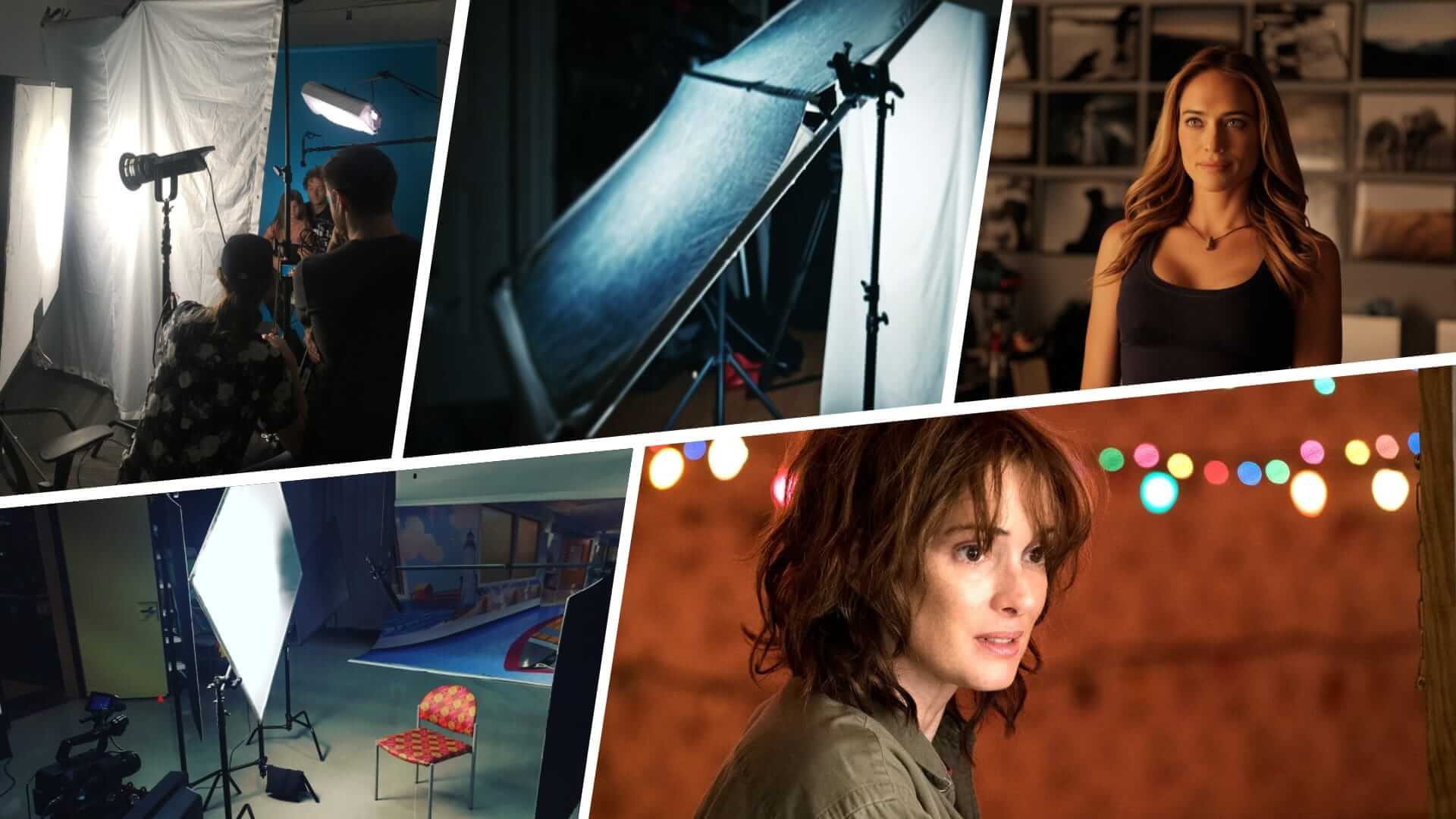Lighting plays a crucial role in the world of photography and cinematography, as it helps create mood, atmosphere, and depth in images. Among various lighting techniques, book lighting stands out as an essential method that can significantly impact the visual storytelling process. This technique is widely used by professionals to enhance subject focus, create a sense of dimension, and emphasize textures and details in both photography and cinematography. In this article, we will explore the concept of book lighting and discuss its importance in image making.
Understanding Book-Lighting
First, let’s define book lighting
Before we provide a comprehensive guide on creating book lighting, including the equipment needed, steps to set up book lighting effectively, and common mistakes to avoid, let’s look at the definition.
BOOK LIGHTING DEFINITION
What is book lighting?
Book lighting is a soft, indirect lighting technique used in photography and cinematography to create a natural, flattering, and diffused light on the subject. The name "book lighting" comes from the arrangement of the light source and diffusion material, which resembles an open book. In this technique, a light source is bounced off a large reflective surface, such as a bounce board or foam core, and then passed through a diffusion material, like a silk or diffusion panel.
This two-step process helps to soften the light, reduce harsh shadows, and create a visually pleasing, even illumination across the subject, making it ideal for capturing portraits, close-ups, and scenes that require a subtle, atmospheric mood.
Characteristics of book lighting:
- Soft, diffused light
- Natural appearance
- Flattering to subjects
- Versatile application
What Does Book-Lighting Create?
Characteristics of book lighting
Book lighting is a distinctive and versatile lighting technique that is widely used in both photography and cinematography. Known for its soft, diffused light that beautifully wraps around the subject, it creates a delicate balance of highlights and shadows, lending a natural and flattering look to images.
Soft, diffused light
One of the most prominent features of book lighting is its ability to create soft and diffused light. By bouncing the light source off a reflective surface and passing it through a diffusion material, this technique minimizes harsh shadows and highlights.
This results in an even illumination across the subject, making it ideal for capturing images that require a gentle and subtle touch.

Soft Light Photography
Natural appearance
Book lighting is highly regarded for its ability to mimic the look of natural light. The indirect and diffused nature of the light produced by this technique gives a sense of organic feel to the image or scene, making it perfect for projects that aim to capture a realistic and authentic atmosphere.

Book lighting • Natural look
Flattering to subjects
Another advantage of using booklighting in your photography or cinematography projects is its flattering effect on subjects. The soft light smooths out imperfections, such as wrinkles and blemishes, while emphasizing textures and details.
This makes book lighting especially suitable for portrait photography or scenes where the focus is on the subject's features and expressions.
Versatile application
Lastly, book lighting is a versatile technique that can be applied across various genres in both photography and cinematography. Whether you're shooting portraits, close-ups, product shots, or scenes that require a moody or atmospheric setting, book lighting can help you get the desired visual impact. Its adaptability makes it a valuable tool in any creative professional's arsenal.
Get Soft Cinematic Lighting • Book Light
The characteristics of book lighting — soft, diffused light, natural appearance, flattering effect on subjects, and versatile application — make it an essential technique for photographers and cinematographers alike.
By understanding and mastering these characteristics, you can harness the power of book lighting to enhance your creative projects and bring your visual storytelling to life.
A Guide to Making Booklighting
How to create book lighting
Book lighting is a popular technique used in photography and cinematography to create soft, flattering light that wraps around the subject's face. The key to achieving this effect is to use two main light sources: a key light and a bounce or fill light.
In this video, you’ll learn the steps to create book lighting for your next shoot.
Lighting with Book Lights • Cinematography 101
Let’s recap the steps to create book lighting in your photography or cinematography lighting setup.
1. Set up the Key Light
The first step in creating booklighting is to position the key light. This light should be placed at a 45-degree angle to the subject, slightly above their eye level. The key light serves as the primary source of illumination and sets the overall mood of the scene. You can use a softbox or an umbrella to help diffuse the light, creating a more gentle and natural effect.

Key light in book lighting set up
2. Position the Bounce or Fill Light
The bounce or fill light is used to soften the shadows created by the key light. This light should be placed on the opposite side of the key light, also at a 45-degree angle to the subject.
To create the "book" effect, position a large white reflector or a piece of foam board at a 90-degree angle to the key light, effectively creating a V-shape or open book configuration.
The bounce light should be aimed at the reflector, which will then bounce the light back onto the subject, filling in any harsh shadows.

Booklighting setup
3. Adjust the Intensity and Distance
To achieve the desired look, you may need to adjust the intensity and distance of both the key light and the bounce light. The key light should be brighter than the bounce light, as it's responsible for the overall illumination of the scene.
The intensity of the bounce light can be adjusted by moving it closer or further away from the reflector. Experiment with different distances and intensities to find the perfect balance for your scene.
4. Fine-Tune with Additional Lights (Optional)
For more complex scenes, you may want to add additional lights, such as a backlight or rim light, to create separation between the subject and the background or to add depth to the scene. These lights should be placed behind the subject, opposite the key light, and can be used to create a subtle glow around the subject or to highlight specific features.
5. Adjust Camera Settings
Lastly, adjust your camera settings to capture the desired exposure and depth of field. You may need to experiment with different aperture, shutter speed, and ISO settings to achieve the perfect balance between the key light and bounce light.
By following these steps, you'll be well on your way to creating beautiful book lighting in your photography and cinematography projects. This technique is versatile and can be adapted to various settings and subjects, making it a valuable addition to your creative toolbox.
For more on cinematic lighting, check out our FREE E-book: Film Lighting — The Ultimate Guide.
Free downloadable bonus
FREE Download
Film Lighting - Ultimate Guide
The artistry of cinema is grounded in good lighting. Download our FREE e-book to learn the essentials of film lighting, the qualities of light, the major styles and techniques, and tips on how to shoot in any lighting scenario.

UP NEXT
Three-Point Video Lighting Guide
Now that you have mastered the art of book lighting, it's time to explore another essential lighting technique used in photography and cinematography. In our next article, we'll dive into this fundamental method and its various applications.
Up Next: Three-Point Lighting →
Showcase your vision with elegant shot lists and storyboards.
Create robust and customizable shot lists. Upload images to make storyboards and slideshows.
